When it comes to pasta, there is a wide array of shapes and sizes to choose from. One shape that has gained immense popularity over the years is rotini. With its distinct spiral shape and versatility in various dishes, rotini has become a staple in many kitchens. In this article, we delve into the details of rotini pasta shape, exploring its origins, unique attributes, and its appeal to both consumers and food businesses. 1. Origins of Rotini Pasta Shape: Rotini is a type of corkscrew-shaped pasta that originated in Southern Italy. The word “rotini” is derived from the Italian words “rotondo” and “rotare,” meaning round and rotate, respectively. Traditionally, rotini is made from semolina flour and water, giving it a distinct taste and texture. 2. Unique Attributes: a) Spiral Structure: The spiral shape of rotini pasta makes it ideal for holding onto sauces, making it a favorite in pasta salads and casseroles. The spirals also enhance the overall appearance of a dish, adding texture and visual appeal.
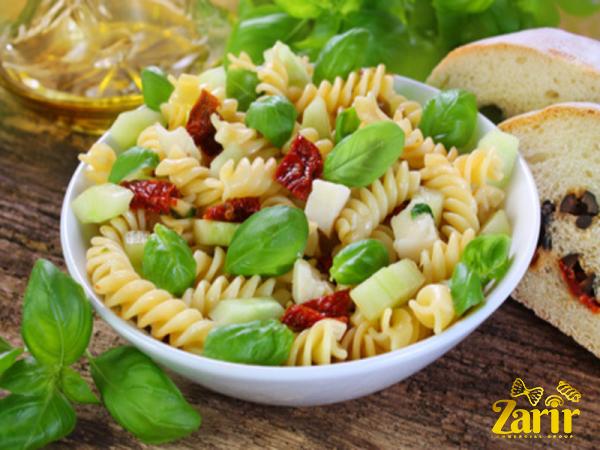
.
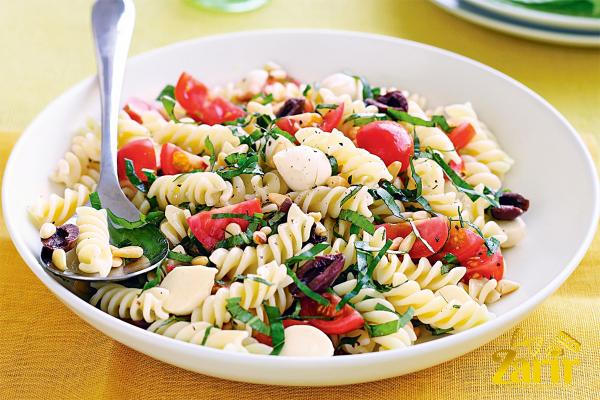 b) Versatility: Due to its shape, rotini pasta is incredibly versatile and works well with a variety of sauces, whether creamy or chunky. Its hollow center allows sauces to settle within the spirals, creating a flavorful and fulfilling bite in every forkful. c) Texture: The ridges on rotini pasta hold onto sauces more effectively than smoother pasta shapes, ensuring that each bite is coated evenly. Additionally, the texture of cooked rotini offers a balanced combination of chewiness and tenderness. 3. Consumer Appeal: a) Convenience: Rotini’s compact shape and texture allow it to cook quickly, making it a convenient option for busy households. It is often a go-to choice for weeknight dinners or when facing time constraints in the kitchen. b) Versatile Application: The ability to hold onto sauces and ingredients makes rotini pasta a popular choice for pasta salads, one-pot meals, baked dishes, and more.
b) Versatility: Due to its shape, rotini pasta is incredibly versatile and works well with a variety of sauces, whether creamy or chunky. Its hollow center allows sauces to settle within the spirals, creating a flavorful and fulfilling bite in every forkful. c) Texture: The ridges on rotini pasta hold onto sauces more effectively than smoother pasta shapes, ensuring that each bite is coated evenly. Additionally, the texture of cooked rotini offers a balanced combination of chewiness and tenderness. 3. Consumer Appeal: a) Convenience: Rotini’s compact shape and texture allow it to cook quickly, making it a convenient option for busy households. It is often a go-to choice for weeknight dinners or when facing time constraints in the kitchen. b) Versatile Application: The ability to hold onto sauces and ingredients makes rotini pasta a popular choice for pasta salads, one-pot meals, baked dishes, and more.
..
 Its shape ensures that it pairs well with a variety of flavors and ingredients. c) Kid-Friendly: With its playful shape, rotini pasta appeals to children, making it an excellent choice for family meals. Its ability to capture sauces and accompaniments ensures that even finicky eaters find joy in consuming this pasta shape. 4. Business Application: a) Restaurant Menus: Including rotini-based dishes on the menu can cater to a broader customer base due to its versatility and appeal. Its shape and texture make it an excellent option for pasta salads, vegetarian or meaty pasta dishes, and pasta-based appetizers, giving restaurants an opportunity to experiment and stand out. b) Retail Demand: Rotini pasta’s popularity has created a significant demand in the retail sector. From large supermarket chains to local specialty stores, the need for rotini in various packaging sizes is evident.
Its shape ensures that it pairs well with a variety of flavors and ingredients. c) Kid-Friendly: With its playful shape, rotini pasta appeals to children, making it an excellent choice for family meals. Its ability to capture sauces and accompaniments ensures that even finicky eaters find joy in consuming this pasta shape. 4. Business Application: a) Restaurant Menus: Including rotini-based dishes on the menu can cater to a broader customer base due to its versatility and appeal. Its shape and texture make it an excellent option for pasta salads, vegetarian or meaty pasta dishes, and pasta-based appetizers, giving restaurants an opportunity to experiment and stand out. b) Retail Demand: Rotini pasta’s popularity has created a significant demand in the retail sector. From large supermarket chains to local specialty stores, the need for rotini in various packaging sizes is evident.
…
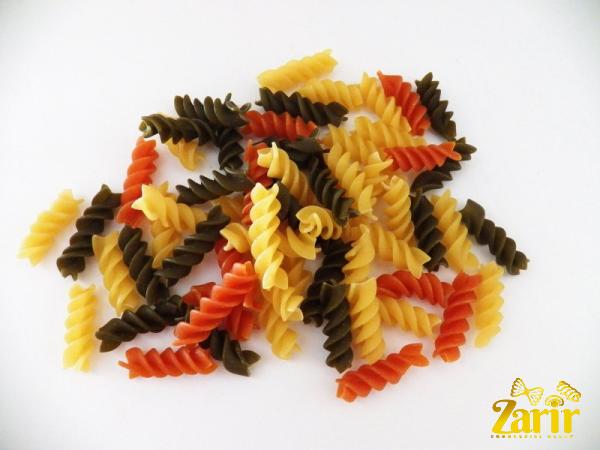 Offering a range of rotini pasta options can help businesses attract and retain customers. c) Premium and Artisanal Market: With the rise in demand for high-quality, specialized pasta products, including rotini in artisanal and premium pasta ranges can capture a niche segment of the market. Highlighting the uniqueness and traditional attributes of rotini can differentiate a brand in a competitive market. Conclusion: Rotini pasta shape has gained popularity for its unique attributes, versatility, and consumer appeal. Its spiral structure allows it to hold onto sauces and enhances the overall visual appeal of dishes. Whether for home cooking, restaurant menus, or retail products, rotini pasta’s versatility makes it a valuable addition to any culinary repertoire. As the pasta industry continues to evolve, it is essential for businesses to recognize the benefits and potential of this beloved pasta shape.
Offering a range of rotini pasta options can help businesses attract and retain customers. c) Premium and Artisanal Market: With the rise in demand for high-quality, specialized pasta products, including rotini in artisanal and premium pasta ranges can capture a niche segment of the market. Highlighting the uniqueness and traditional attributes of rotini can differentiate a brand in a competitive market. Conclusion: Rotini pasta shape has gained popularity for its unique attributes, versatility, and consumer appeal. Its spiral structure allows it to hold onto sauces and enhances the overall visual appeal of dishes. Whether for home cooking, restaurant menus, or retail products, rotini pasta’s versatility makes it a valuable addition to any culinary repertoire. As the pasta industry continues to evolve, it is essential for businesses to recognize the benefits and potential of this beloved pasta shape.

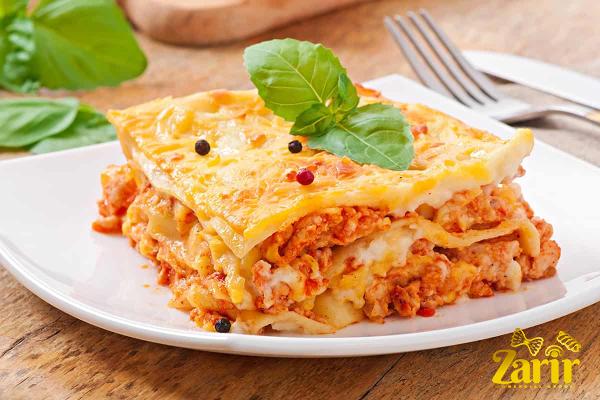
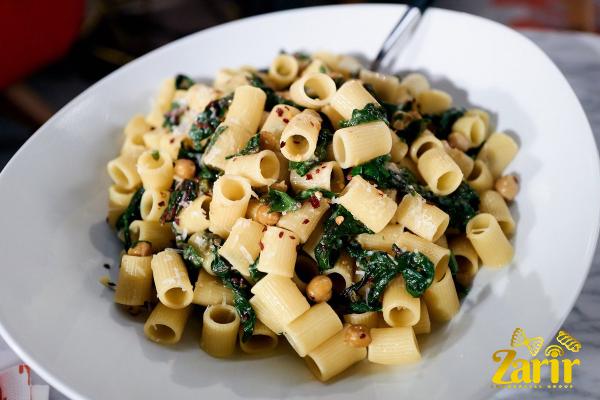
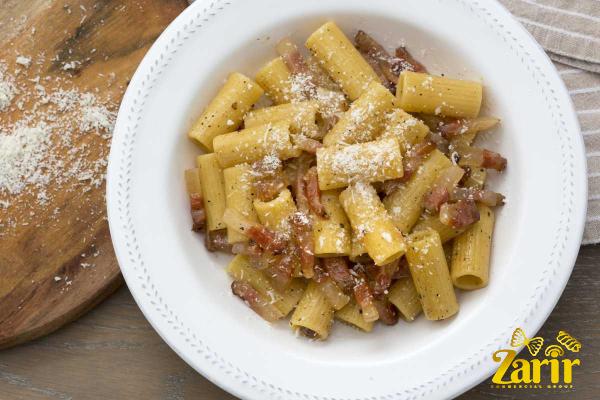
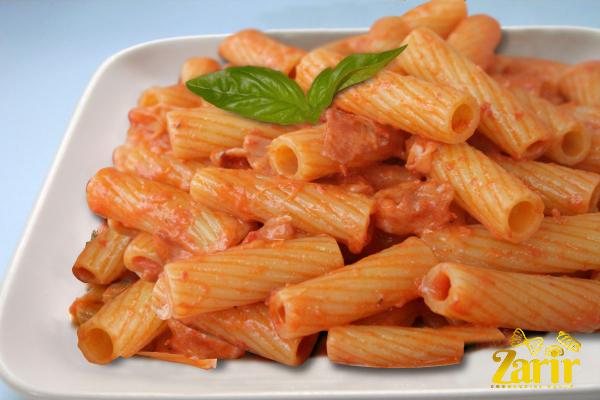

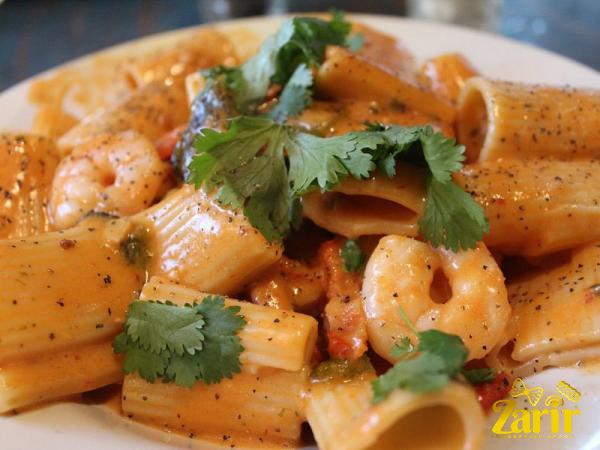
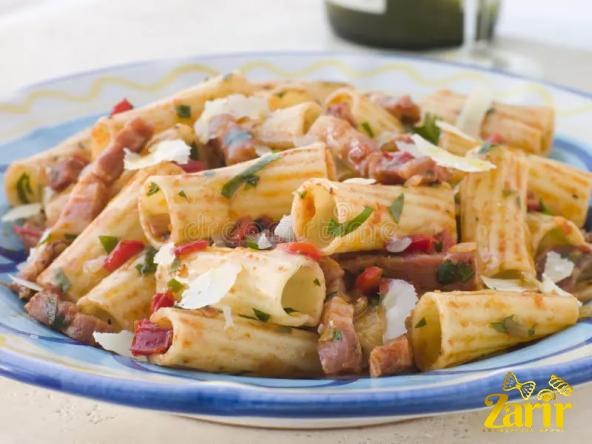
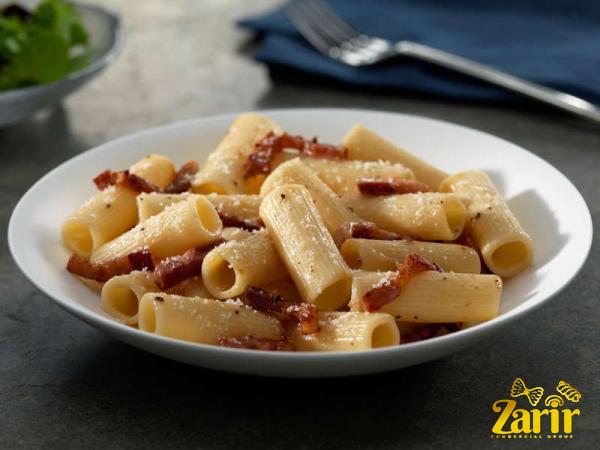
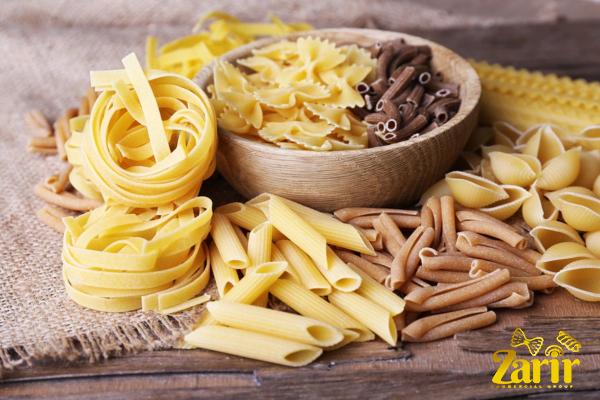
Your comment submitted.